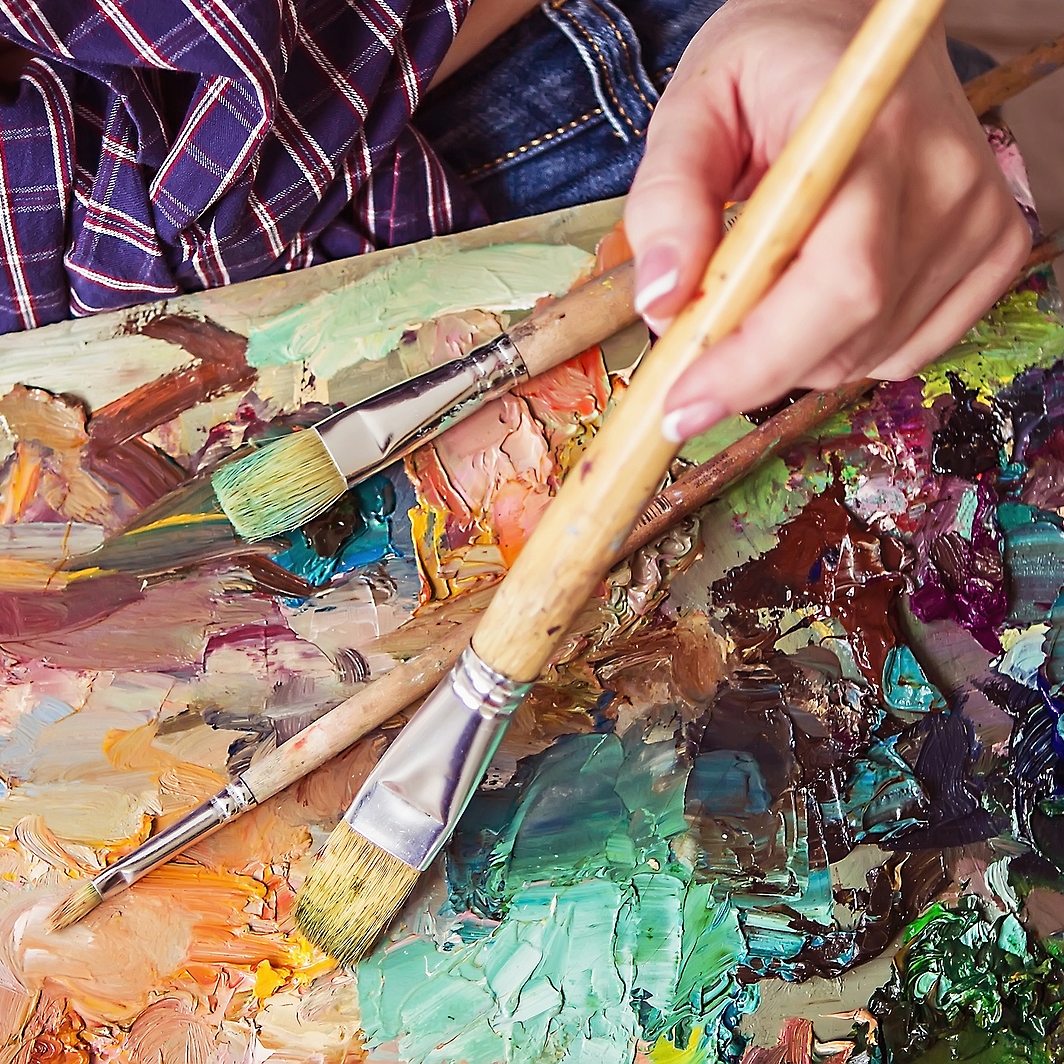
Modern technology has unshackled the art world. Artists, no longer confined by traditional gatekeepers such as galleries, now wield the power to reach a vast and varied audience. With a tap or a click, artwork that might once have remained hidden in obscurity can today ripple across the digital landscape, finding its place on screens, clothing items, and walls across the globe.
Technologies like e-commerce and print-on-demand are at the forefront of this seismic shift, empowering artists with the necessary tools to be truly independent while also making a living doing what they love.
So, let’s have a look at how this change came to be and what it signals for the future of fine art distribution.
E-commerce Platforms – The Gallery of Modern Artists
The e-commerce platform has become the modern artist’s gallery – a place where they can display creations and sell viable products. Today’s platforms, such as Shopify, Etsy, TikTok Shop, and Facebook Marketplace, have curated a diverse ecosystem where art is not just showcased but also transacted with ease.
Shopify, for example, empowers artists to build bespoke online stores with the finesse of gallery curators. On these storefronts, artists can control their brand narrative while tapping into a global audience – something that used to be unimaginable without hefty investments.
Social media platforms are not mere bystanders in this new era of art commerce. TikTok Shop and Facebook Marketplace are now powerful stages where video demos meet direct sales. In the realm of TikTok, #TikTokMadeMeBuyIt is already a cultural phenomenon driving product discovery and highlighting the platform’s potential to convert viewers into customers instantaneously.
The Rise of Print-on-Demand Services
Even though e-commerce platforms gave artists access to a wider scene and audiences, artists still had to straddle the lines between art and business.
Let’s take an artist who designs customized T-shirts as an example. Beyond the creation itself lies a labyrinth of administrative tasks, like managing inventory, understanding printing processes, grappling with shipping logistics, and often investing hefty upfront capital with no guarantee of return.
Most artists don’t like the business aspects of the job, and it’s easy to understand why. When you worry about shipping issues and inventory, it’s difficult to find inspiration or even pleasure in creating designs.
Enter print-on-demand services – the new vogue in art distribution. Companies operating within this niche handle everything from printing to fulfillment to shipping. This way, all a customized T-shirt designer has to do is find a reliable print-on-demand service as their partner and entrust them with the less creative tasks of the job.
With such services, artists can experiment with designs, products, textures, and so on, without worrying about losses. Since there’s no need for an inventory, it’s easy to discard designs that aren’t popular or turn them into a different product. Plus, the waste is minimal, which can be a major selling point with customers.
Canvas-on-Demand: The New Artistic Revolution
People are more interested in art nowadays, but most paintings or sculptures by famous artists are out of a regular person’s budget. On the other hand, no-name artists have a tough time getting their creations in the face of the public eye.
But things seem to change due to canvas-on-demand services. On a similar note to creating customized products, the canvas-on-demand model breaks down the walls between creation and consumer by allowing artists to sell their art at a reasonable price.
This bespoke approach to art production means no unnecessary stockpiles of unsold artwork taking up space; instead, there’s efficiency and ecological mindfulness at play. Artists create digital designs and display them in their online stores, galleries, or on social media. Customers who enjoy these creations can click buy and specify the size of the canvas and other characteristics.
The production process only starts once the order is complete. This way, not a single drop of ink or inch of canvas goes to waste, and customers receive exactly what they need.
For artists, this represents freedom from the constraints of upfront costs associated with bulk orders. For collectors, it signifies access to an ever-expanding gallery without limitations imposed by square footage.
The Modern Artist’s Financial Renaissance
Most people don’t like to associate art with finance, but artists have to make a living too. It’s difficult to conjure up amazing designs when you worry about how you’ll pay your rent the following month.
Therefore, business models like print-on-demand or canvas-on-demand redraw the financial landscape for artists. Say goodbye to heavy commission fees from galleries and creating art without knowing if it will sell or not. Today, artists have the freedom to set their own prices, and fewer intermediaries mean bigger profit margins for creators.
Furthermore, these models encourage a more intimate bond between the artist and the consumer. This relationship builds a loyal following that becomes about more than art; it’s about connection with the craftsperson behind the creation.
Wrap Up
Due to modern technologies and business models, the days when artists had to mute their ambitions due to the constraints of conventional distribution are fading. Artists can now craft careers unfettered by traditional confines and at peace with the potential of profit and proliferation.
Without a doubt, the rise of print-on-demand in fine art is not just a trend; it’s a turning point – a renaissance where accessibility meets sustainability, and profitable passion becomes the standard. It’s up to artists to seize this moment, lean into this new frontier, and paint their legacies with broader strokes than ever before.
